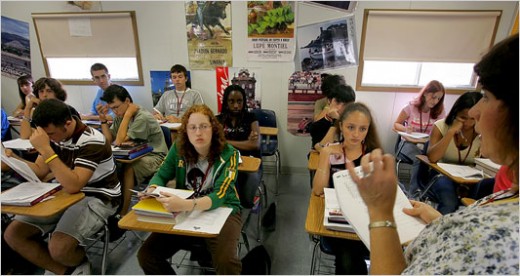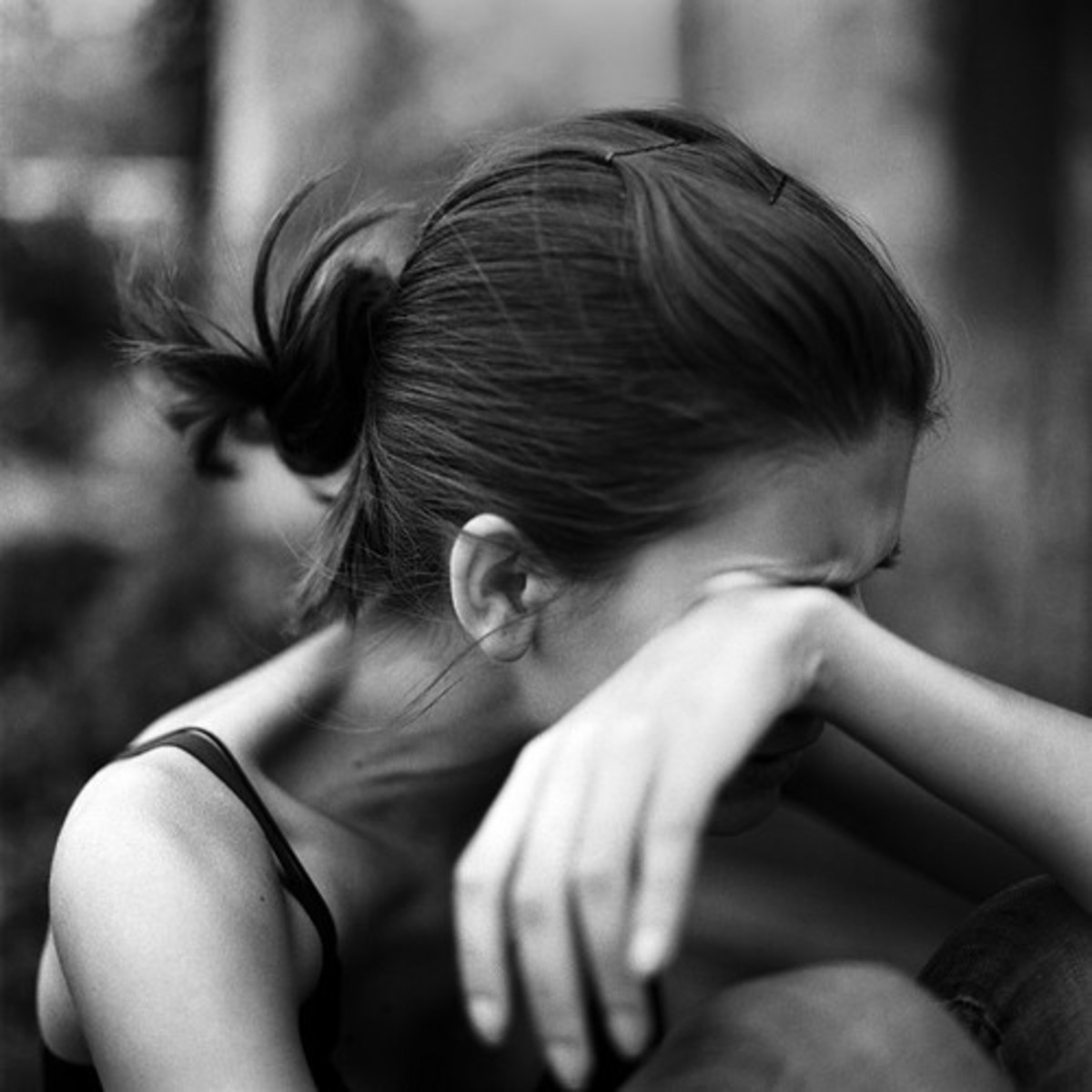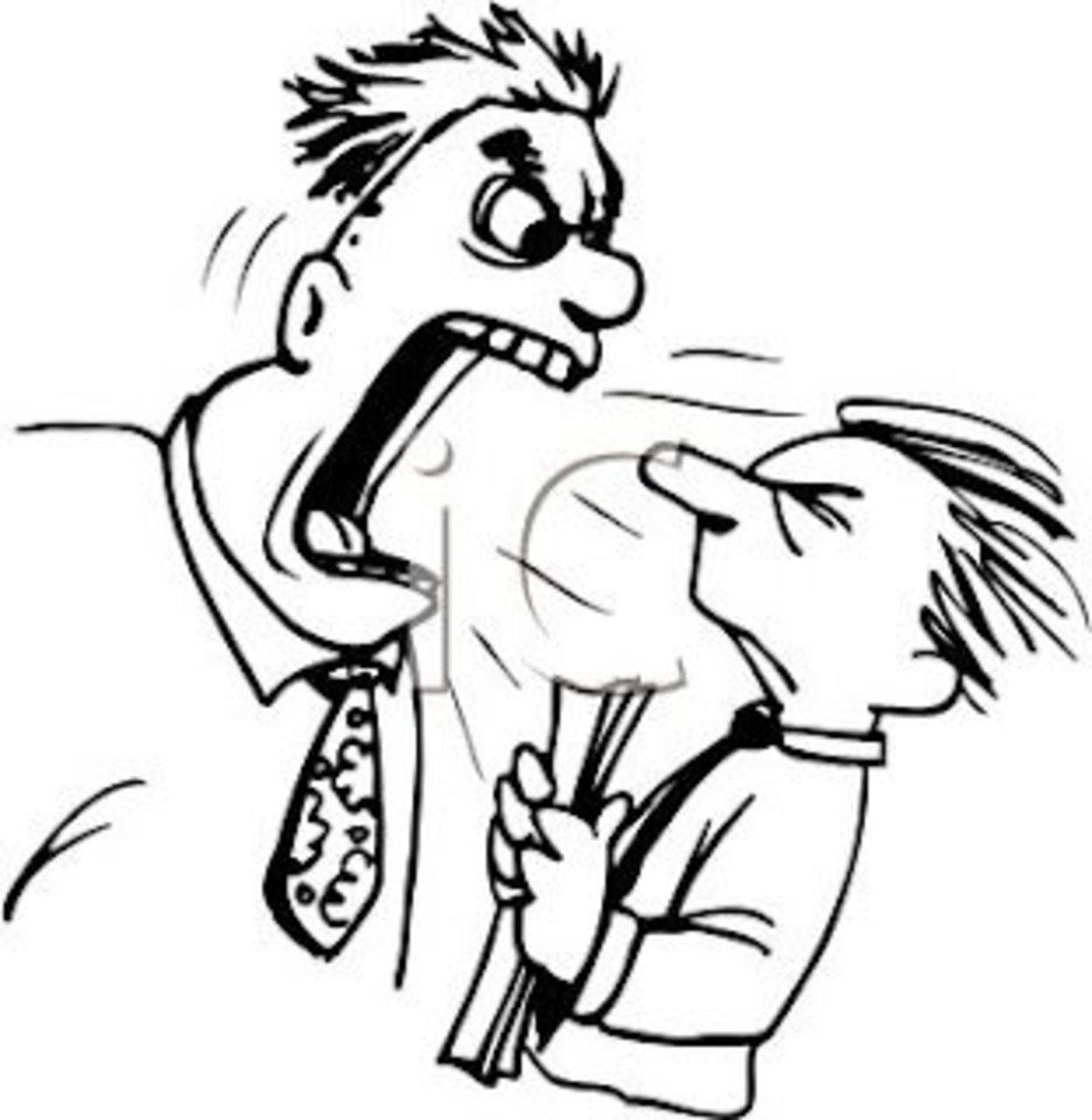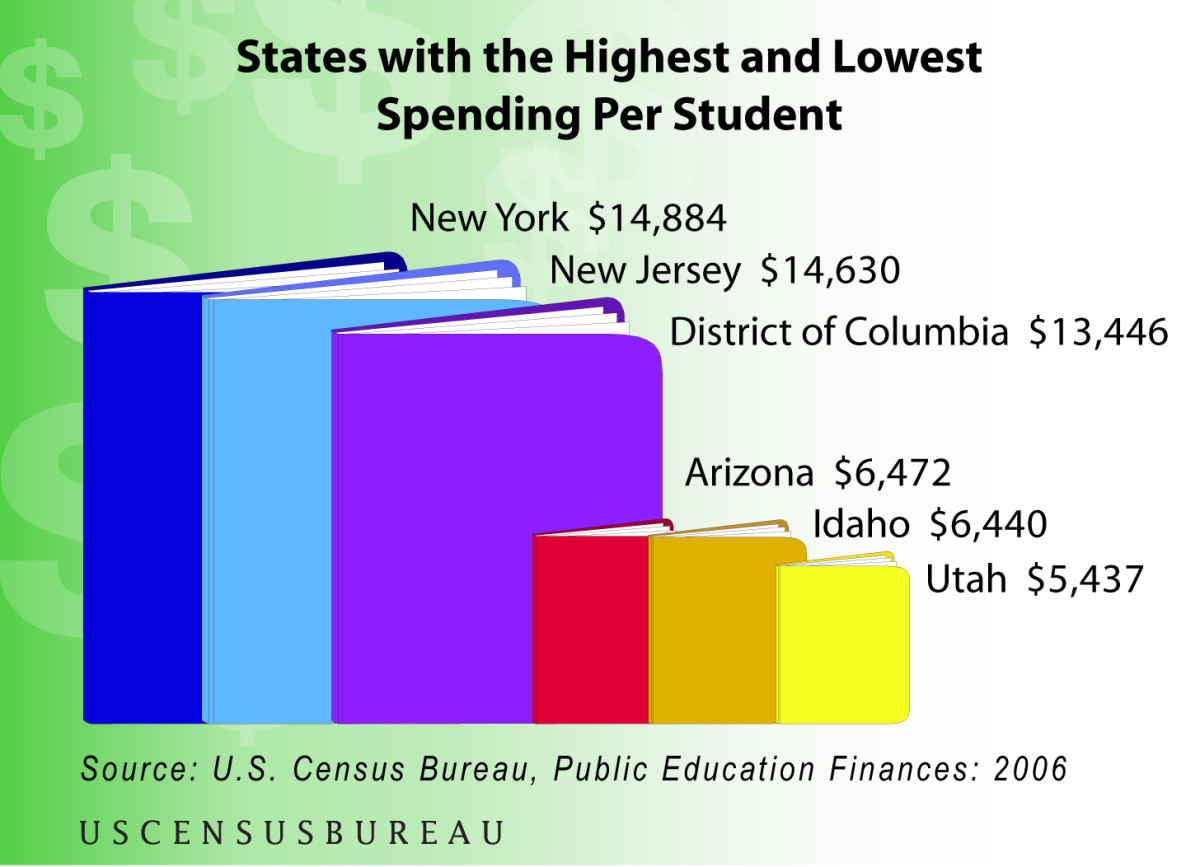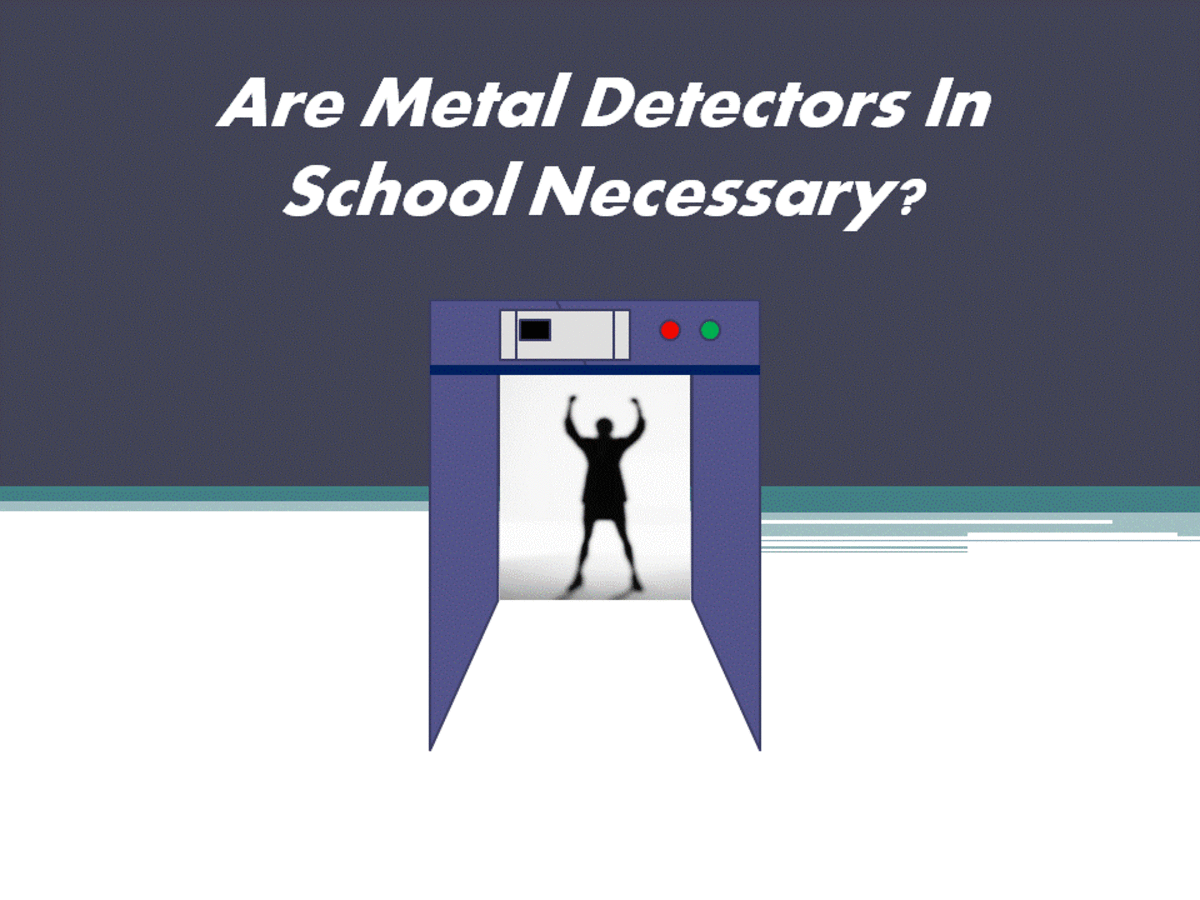The Other Side of Cooties: The Problem of Sexual Harassment in Schools
Hormones! Maturation of vocal chords and facial hair for men. Menstruation, and curves for women. Acne and the changing of our bodies for both genders. Boy meets girl, accompanied by a curiosity about self, other, opposite sex, and the maturing of one’s physical body. There is no longer the threat of cooties and the attempt to stay as far apart from the opposite sex as possible. There is, however, a more serious threat. This is one that can both be clear in nature, and still so ambiguous. Yet, it has severe consequences to middle school and high school students and should not be taken lightly. This is the threat of sexual harassment! Little research has been done concerning sexual harassment in schools and consequently, sexual harassment is commonly dismissed as a characteristic of an unsafe educational environment for students. In this hub, I will examine the demographics of peer to peer sexual harassment among students and specifically expand on gender related perceptions of sexual harassment in regards to defining what qualifies as sexual harassment, teacher responsiveness and tolerance, and the psychological and academic related outcomes as perceived differently between the male and female victim.
Sexual harassment is defined by Nan Stein, “unwelcome and unwanted behavior that is explicitly sexual, unambiguous, repeated, and of a serious nature.” The US Department of Education defines it more clearly as “conduct that is sexual in nature, unwelcome, denies or limits a student’s ability to participate in or benefit from a school’s education program.” Sexual harassment takes many forms, and can be verbal, nonverbal, and/or physical. The American Association of University Women Educational Foundation (AAUW) defines sexual harassment more simply, “unwanted and unwelcome sexual behaviors". Two characteristics are clear among these definitions: the behavior is unwelcome and unwanted, and it is sexual by nature. Additionally, sexual harassment is explicit. However, that it can be verbal, nonverbal, and/or physical infers that it can also be implicit and sometimes ambiguous. In fact, according to Ormerod, Collinsworth and Perry the AAUW neglects to draw a distinction between what is labeled as sexual harassment from what is sexually inappropriate and unwanted behavior. Women in particular are more inclined to consider unwanted sexual behavior as being inappropriate without necessarily labeling the behavior as sexual harassment. Sexual harassment does indeed limit a student’s ability to participate and benefit from the learning process in school. Finally, I would add that sexual harassment is a form of bullying and should therefore be considered serious. It should have immediate response and prevention should be implemented.
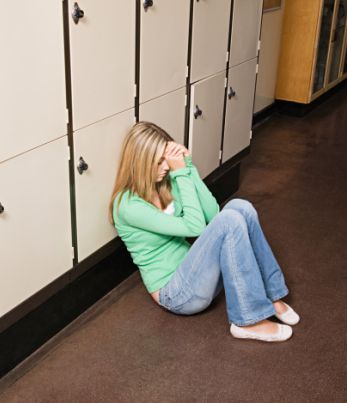
Perceptions: Teacher Responsiveness
The AAUW first reported in 1993 that “students perceive teachers as generally unresponsive to student complaints about sexual harassment and that teachers typically ignore harassment that occurs in front of them." These findings have been subsequently confirmed over the last decade. In “Critical Climate: Relations Among Sexual Harassment, Climate, and Outcomes for High School Girl and Boys”, Ormerod, Collinsworth & Perry discuss a possible correlation between personnel perpetrated sexual harassment, tolerance by personnel and an increase in sexual harassment within the school. They hypothesized that as long as the tolerance of the personnel towards sexual harassment (even personnel perpetrated harassment) increases, there will be an increase in peer to peer sexual harassment. They were correct. The idea is that personnel sexually harassing a student with minimal, sometimes even no consequences creates the assumption that peers can also sexually harass with minimal or no consequences. Therefore, as the tolerance increases, the harassment also increases.
In the California Department of Education, Stein also acknowledges the lack of response to incidents of sexual harassment, noted by the students as being “minimized” or “dismissed.” She argues that personnel “choose to cast the purported assaults as playful, mutual, or as a form of courtship." The students from the SHAPP school participating in the study by Weist et al., reported that they perceived “rules for bullying were more readily enforced than rules for sexual harassment.” The same students also reported that the rules are not reported “consistently or fairly.” Students from both the SHAPP and non SHAPP schools perceived that the rules are not effective. This student perception may be true to the extent that teachers are tolerant of sexual harassment. Teachers seem to have a more positive response than students when asked about safety in schools. Safety here includes other forms of bullying in addition to sexual harassment. The reasons for these two vastly different perceptions of safety may be due to the lack of students that actually are willing to report incidents of violence or potentially perceived violence. For example, if a student hears that another student is on campus with an illegal weapon such as a gun or knife, that student may withhold that information from the school personnel. Students tend to be much more aware of the threat of violence, even if it goes unreported. Another possible reason for the difference in perception between teachers and students might be the lack of training teachers have in foreseeing behaviors that might lead to potentially unsafe environments, lack of training on how to handle situations where violence and/or sexual harassment occurs, and how to deescalate a violent student.
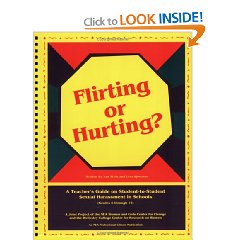
Sexual Harassment & It’s Outcome
Sexual harassment in schools is proving to be increasingly detrimental to the students. Psychologically, sexual harassment results in distress and lower academic performance. Negative psychological effects of sexual harassment include: lowered self esteem, negative self-evaluations, embarrassment, fear, lack of confidence, and doubt in ability to succeed. For females, these outcomes are greater then for males. However, that does not dismiss the long term outcomes on the male.
In the Ormerod, Collinsworth & Perry study, it was found that females experience more upsetting incidents of sexual harassment and therefore have a greater level of stress resulting whereas males experience less upsetting incidents (males seem to take the harassment more lightly than females), and therefore experience less stress as a result. The question must be asked, why do females having more upsetting experiences with sexual harassment? Some have suggested that there are structural powers between males and females in the school setting. This is enabled by the tolerance of personnel perpetrated harassment examined above. The majority of reported cases of personnel perpetrated harassment are from male personnel towards a female student. Not only does tolerance suggest the behavior to be okay, but it also takes advantage of authority and reinforces a male dominance. This same type of power conflict is seen in the outside world. That is why Omerrod, Collinsworth & Perry rightfully concluded that, “girls may experience harassment as more threatening because they have been socialized within a larger cultural context in which women are more vulnerable to victimization and viewed as less powerful than men."
In addition to psychological distress, there are also effects on academic performance. Lower academic performance is also found to be consistent with lower performance in one’s place of work as a result of sexual harassment. As outlined by both Stein, and Ormerod, Collinsworth & Perry, this can include symptoms of withdrawal such as talking less in class or participating less in group projects, achieving lower grades, not going to school, skipping a particular class that is shared with the harasser, taking a different route in hallways to avoid the harasser, or showing up late to class as a way of avoiding the harasser, changing social groups, not participating in extra curricular activities such as sports and/or clubs.

In Conclusion
In summary, I have defined sexual harassment and argued that since it is highly prevalent among students in middle schools and high schools, it should be recognized, as a form of bullying and consequently, it should not be tolerated. I conclude that sexual harassment is predominately gender related and that females are most often the victims. I have also discussed the climate lending itself more vulnerable to increased incidents of sexual harassment; one in which it is tolerated and even perpetrated among school personnel. There is a correlation between teacher non-responsiveness and increased reported cases of sexual harassment, and increased peer to peer sexual harassment. Additionally, I have shown how sexual harassment negatively affects the psychology of males and females involved, but more aggressively affects females. I have attempted to explain this by linking gender and structural power in schools with increasing vulnerability and distress for females, (harassment perpetrated by personnel is typically a male harassing a female target). Vulnerability evidently makes the female an easier target then the male, and will have more detrimental consequences for the female then for the male. All this said, I implore teachers to educate yourselves to become more aware of the signs, protocols, and consequences of sexual harassment among students. Do not dismiss or pass off behavior as simply playful when it may be unwelcome and negatively affect the students. Do not tolerate this form of bullying. I implore students to not hesitate or even think twice about whether an incident of sexual harassment should be reported. Report it!
